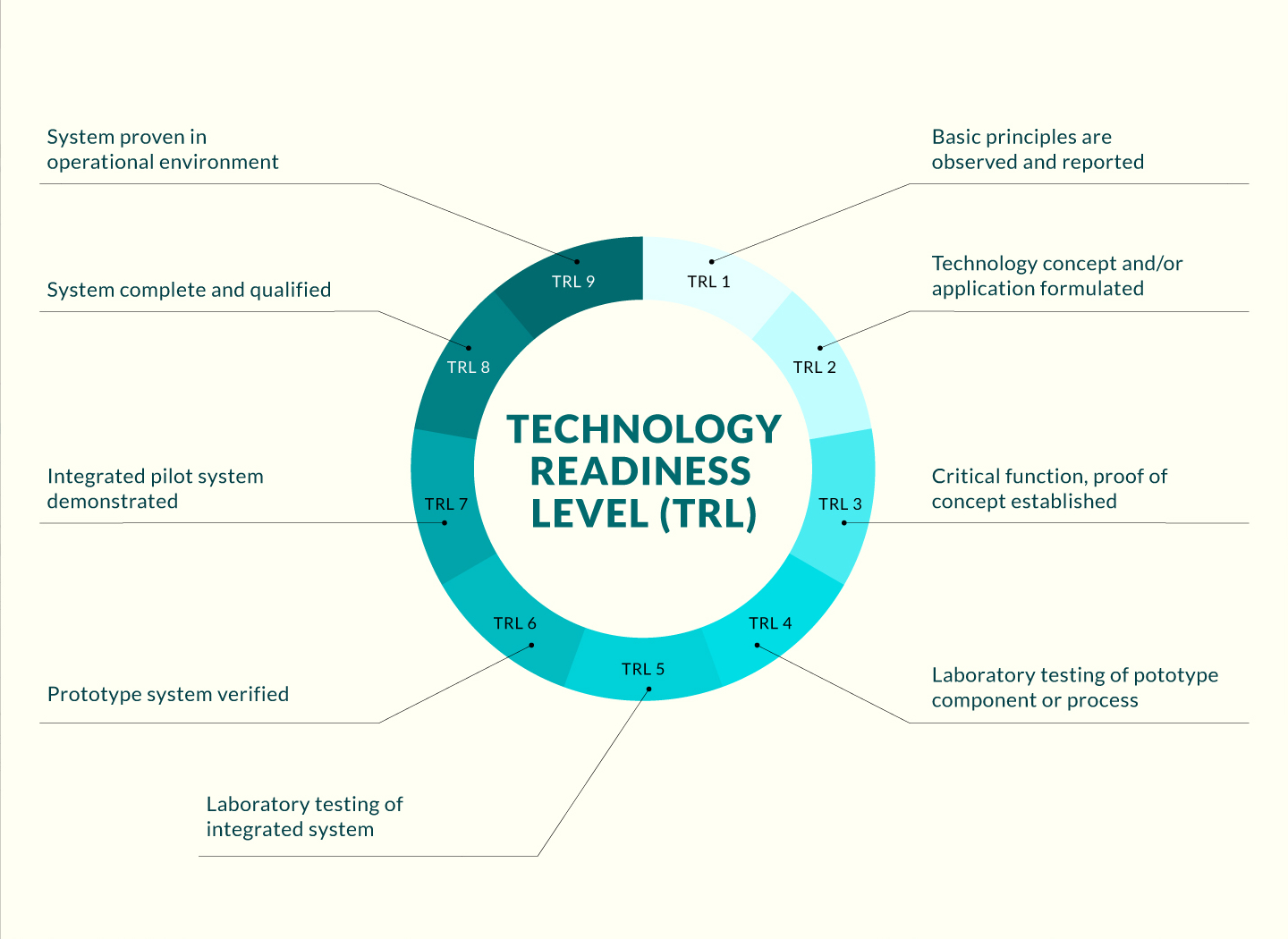
Opportunity
The physical separation of components (e.g. plasma) from whole blood is an important process in both clinical diagnostic and treatment procedures and laboratory research. Although blood plasma separation and extraction (BPSE) methods based on capillary force have been reported, these methods require long extraction times and expertise and produce low yields. The additional requirement for a power source also limits the use of these methods in some point-of-care settings. Devices and methods for gentle BPSE that are portable, do not require specialized training to use, and do not require external power sources are needed to facilitate biomarker analysis, diagnosis, and treatment.
Technology
Scientists have designed a simple microfluidic device for BPSE comprising a blood sample inlet, a layered separation membrane with pores 1–50 µm in diameter, a manifold inlet with a fluid connection to the blood sample inlet via a junction, and a capillary pump composed of porous material with fluid connections downstream of the junction and to an air vent. The device separates red and white blood cells from plasma via the separation membrane via capillary action, allowing the plasma to flow to the junction and capillary pump. The device can be customized with other pumps to create or adjust pressure differentials and can be used with syringes or other devices. It can also be modified to include capture mechanisms, such as immobilized antibodies or antigens, to allow all-in-one blood biomarker capture and testing. Furthermore, it has the potential to be scaled up for larger purposes (e.g., purifying large volumes of blood).
Advantages
- Small size facilitates portability
- Does not require specialized laboratory equipment training
- Does not require an external power source
- Can be modified to allow all-in-one biomarker capture and analysis
Applications
- Separation of blood components
- Diagnostic testing
- Treatment planning
- Blood supply maintenance
- Biomedical research



